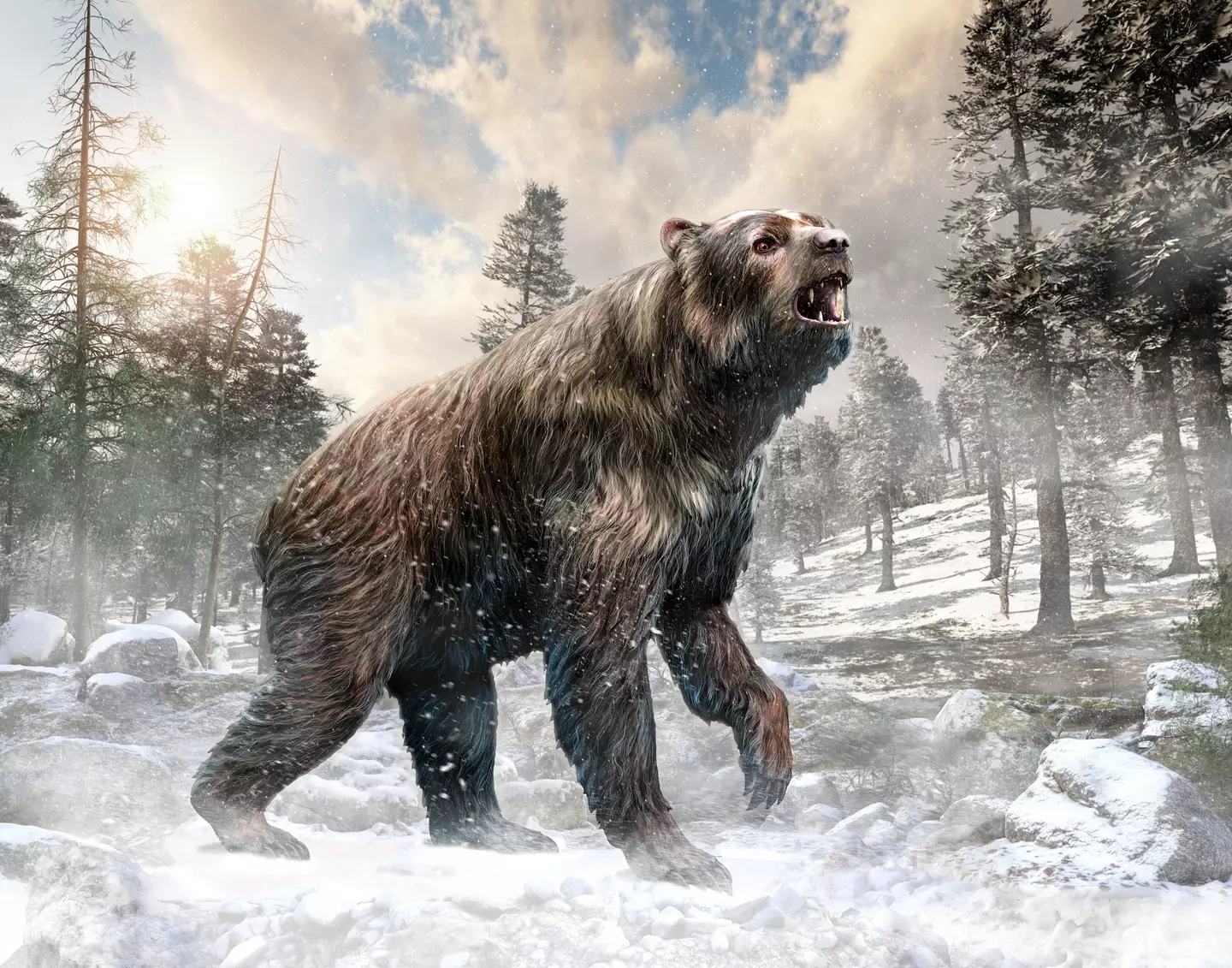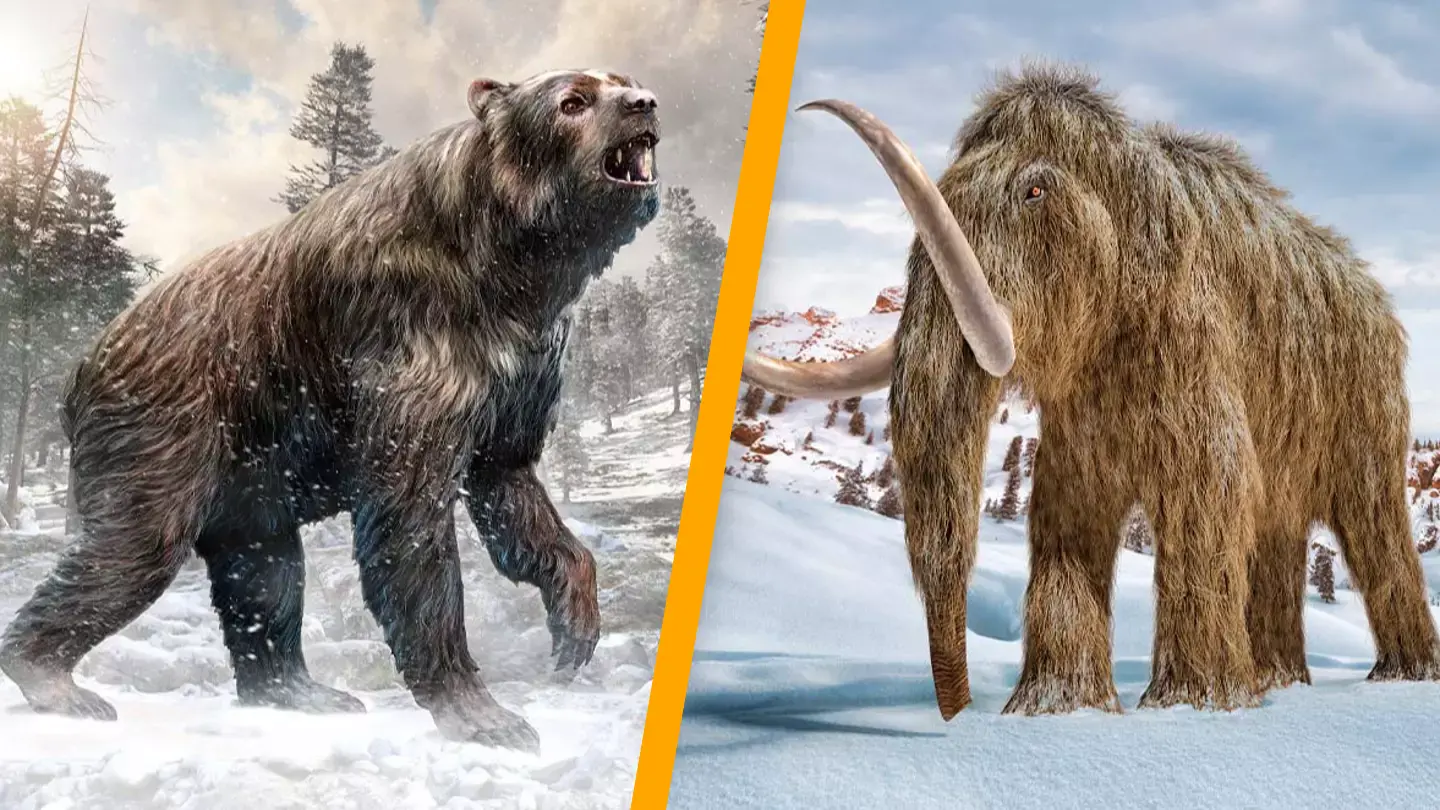Scientists have achieved a significant advancement that could potentially bring five extinct species back to existence.
The idea of animals that roamed the Earth long before us and their reasons for extinction is truly intriguing.
Researchers have been dedicated to this area of study for some time, with a noteworthy development occurring recently.
Earlier this year, it was announced that experts are working to bring the mammoth back to life by 2028, an effort that was initially perceived as highly ambitious.
Ben Lamm, the CEO of Colossal Biosciences, the company spearheading the initiative, shared with Sky News: “We’ve got all the technology we need. It is just a focus of time and funding. But we are 100 percent confident [we can bring back] the Tasmanian tiger, the dodo, and the mammoth.”

The question remains, how will scientists achieve such a groundbreaking feat?
In a recent update to UNILAD, Lamm expressed growing confidence that the mammoth could be resurrected by 2028.
The goal is to reintroduce a new herd to Earth’s ecosystems.
“You need enough engineered and genetic diversity so you can create interbreedable, sustainable herds so you’re not just making a bunch of clones. You have to be very thoughtful in that process,” Lamm explained to UNILAD.
“Rewilding of the species back into their respective environments with enough population genetics and diversity so that they can create sustainability without human managed care.”
In addition to the mammoth, Colossal Biosciences is also working on the revival of four other species.
These include an Ice Age bear, a giant beaver, a Tasmanian tiger, and the dodo.
Beth Shapiro, Colossal’s chief science officer, shared with the Telegraph: “I would like to work on all of them because I’d like to learn more about the biology of these animals. Carnivores would be cool.
“One of my favourite extinct species is a thing called Arctodus, the giant short-faced bear, which stood 14ft tall, and a giant beaver that lived in North America, which would have stood up to be about 5ft tall. That would be funny.”
Earlier this year, the team announced a breakthrough in creating pluripotent stem cells from Asian elephant skin cells, a step that could lead to the development of elephant sperm and egg cells.

Regarding the mammoths, some have argued that the current climate may be unsuitable for their survival.
However, Lamm addressed this concern with UNILAD, emphasizing that it is a misconception.
He noted: “Everyone thinks of the movie Ice Age, right? In those times, there were those locations, but there were also these massive interglacial periods that were actually warmer than today.
“And if you look at mammoths, and also the distribution of different types of mammoths, like Columbian mammoths, the distribution and migratory patterns were vast and wild and huge populations, and they went down to very warm locations outside of these kind of global warmed periods.”

